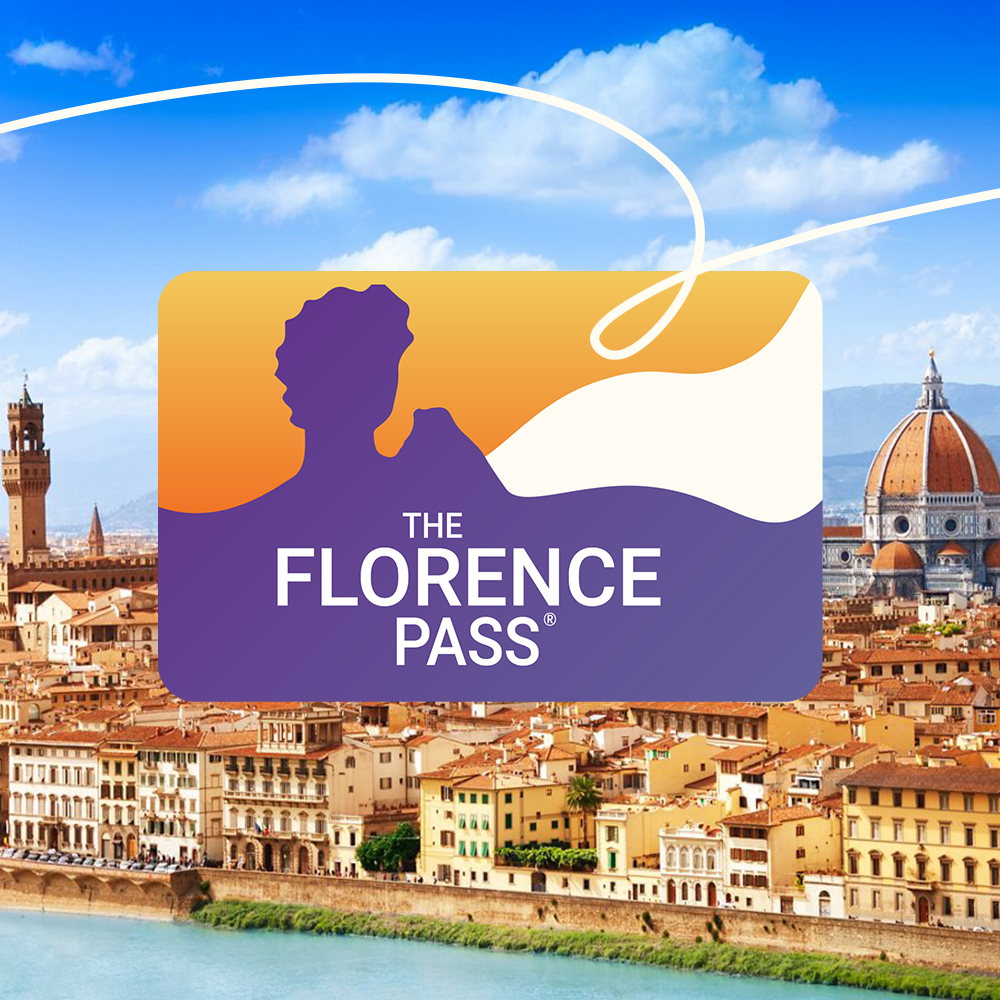In this article we at Visititaly will take you on a discovery of the southeastern Maremma, in lesser-known Tuscany on the border with Lazio.
Together we will discover Pitigliano, Sorano and Sovana, small villages of Etruscan origin carved into the tuff, a thousand-year-old rock of volcanic origin that makes these places so unique.
On our journey through the ancient 'Città del Tufo' (tuff towns) we will discover the history of the peoples who have characterized the three villages from their origins to the Middle Ages to more recent times, leaving important traces of their passage both in civil and military architecture and in important works in nature, and we will make you discover the rich Etruscan necropolis and the evocative Vie Cave, a fascinating man-made work that has no equal in other parts of Italy.

Discovering Maremma: Pitigliano, Sorano e Sovana

Discovering Maremma
Visiting this lesser-known part of Tuscany will give you the feeling of being out of time.
You will love wandering through the alleys that offer evocative views and breathtaking panoramas, and you will enjoy unspoiled nature that offers unexpected landscapes.
Pitigliano, Sorano and Sovana are unique villages in Maremma, where time passes slowly and you can breathe an unusual atmosphere, where you can savor the pleasure of ancient hospitality lost in the millenary history of this part of Tuscany still little beaten by mass tourism.
First stop at Pitigliano

Pitigliano
Resembling a nativity scene perched on a cliff, Pitigliano is the largest of the three villages.
Arriving from a distance, you catch a glimpse of the enchanting beauty of its skyline, and once you enter through the Cittadella gate you are immersed in the characteristic atmosphere of the ancient Etruscan village.
Skirting the ancient Medici Aqueduct - an integral part of Pitigliano's skyline - you reach Piazza della Repubblica from which you can enjoy the incredible view of the surrounding green hills and valleys.
Overlooking the square is the imposing Palazzo Orsini, formerly Aldobrandeschi, the historic residence of one of the most important families that ruled Pitigliano until the 1600s. The frescoed and richly furnished rooms now house the Etruscan and Sacred Art Museums.
Proceeding your walk through the historic center you will reach the Jewish Ghetto: in fact, Pitigliano is also called 'Little Jerusalem' because one of the oldest Jewish communities in Europe lived here starting in the late 16th century.
Although Pitigliano's Jewish community is few in number today, the Synagogue, the Unleavened Bread Oven, the Kasher Butcher Shop, the Cellar and Ritual Bath and the Museum remain from the old Ghetto.
Wandering around the Jewish quarter you will smell the scent of freshly baked sweets: this is the Sfratto, a sweet made of honey, nuts and spices with an elongated shape, to recall the stick used to bang on the door of the houses of Jewish families to intimidate them to leave their dwelling following an edict issued by the Grand Duke of Tuscany in the 17th century.
Worth visiting are the Cathedral of Sts. Peter and Paul built from the 13th to the 18th century and rich in artistic evidence of this long period of construction and the Church of Madonna delle Grazie, just outside the historic center, dedicated as an ex-voto for the plague of 1527.
Discovering Sorano

Sorano
Like Pitigliano, Sorano is a village of Etruscan origin perched on a volcanic cliff from which an incredible panorama can be admired.
The small historic center is bounded by the ancient Porta di Sopra and Porta di Sotto and is characterized by tall, narrow houses separated by charming alleys.
Once you pass through the Gates you will find yourself in the heart of the historic center: enjoy walking through the ancient narrow streets and up-and-down alleys to fully breathe in the atmosphere of the village.
Strategically located on a tuff spur is the Orsini Fortress. Built by the powerful Orsini family, it is an imposing fortification surrounded by mighty walls and towers from which there are spectacular views of the valley below. It consists of a castle with a drawbridge and moat and today houses the Civic Archaeological Museum.
On the opposite side of the small village stands an ancient fortification known as the Masso Leopoldino: a panoramic fortified terrace built at the behest of Grand Duke Leopold as an integral part of Sorano's defensive system.
Sorano also holds traces of an ancient Jewish ghetto along the street of the same name in the historic center: the ghetto was established by the Medici in the early 1600s and was abandoned in the early 1900s.
Fun fact: the Visit Italy community has elected the village of Sorano as one of the top 10 Italian destinations for 2024!
Sovana, the last village

Sovana
Sovana is the smallest of the three villages - only 500 people live there! - and unlike Pitigliano and Sorano has a medieval structure.
It is one of Italy's Most Beautiful Villages for its historical and artistic interest and has had a glorious past of which important evidence remains in civil and religious architecture.
At the entrance to the village stand the ruins of the imposing Rocca Aldobrandesca dating back to the 11th century, from which a wide panorama can be admired.
Walking along Via del Pretorio, with its evocative herringbone red brick pavement, you reach the Piazza of the homonymous name onto which face the most important civil and religious buildings in Sovana: the Palazzo dell'Archivio, with its characteristic clock; the Palazzo del Pretorio, which preserves on its façade the coats of arms of the captains of the people who governed Sovana between the 15th and 17th centuries; the Church of Santa Maria Maggiore, dating back to the late Romanesque period (12th-13th centuries); the Church of San Mamiliano, which houses the Museum of the Treasure of Sovana; and the Palazzo Bourbon del Monte, erected by the family of the same name in the 1500s.
Just outside the historic center is the Cathedral of Saints Peter and Paul, considered of special significance for its Romanesque-Gothic architecture. It has the peculiarity of vere the entrance on one side and not on the facade.
On June 21 each year, a very striking natural phenomenon happens inside the cathedral: as the sun rises, light enters the church and strikes the apsidal lancet window, from there it travels through the entire nave and is projected onto the opposite wall.
Discovering Maremma: le 'Vie Cave'

'Vie Cave'
Unique to this part of the Maremma are the Vie Cave.
These are ancient communication routes made by the Etruscans by excavating volcanic rock and connect the three villages of Pitigliano, Sorano and Sovana through woods, vineyards, olive groves and lush, wild nature.
They are paths carved into the tuff, with walls up to twenty meters high and two or three meters wide often closed at the top by vegetation to form a green and shady tunnel.
Etruscan necropolises are also encountered along the Via Cava, the most important of which is the Sovana Necropolis.
Along the Via Cava known as The Cavone, in fact, there are numerous burials including the Tomb of the Winged Demons, the Tomb of the Typhon and the most important the Tomb of Ildebranda, with its impressive architecture and well-preserved sculptural decoration.
Walking along the hollow streets it is possible to come across numerous apotropaic signs of Etruscan origin to ward off evil influences and the "scacciadiavoli" of the Christian Era, small niches with sacred images painted with the purpose of reassuring the wayfarers who walked along them.
Today the Vie Cave are traveled by hikers on fascinating treks or horseback rides in a unique natural and archaeological environment.
You will find all the info for perscourses and tours on the City of Tufa Archaeological Park website.
Local cuisine

Pici with meat sauce
Now is the time to treat yourself to a gastronomic break at the typical taverns and restaurants and buy local delicacies in one of the traditional stores that enliven the villages of Pitigliano, Sorano and Sovana.
The dishes we recommend you enjoy are: Acquacotta, a peasant soup made with seasonal vegetables, egg and toasted stale bread; Buglione made with lamb or wild boar meat in tomato sauce served with toasted bread; Coniglio all'etrusca cooked in a white pan with bay leaves and black olives; fresh homemade pasta such as pici, similar to spaghetti but thicker seasoned with ragu in white; Sorano's legume soup; and, finally, desserts: Pitigliano's focaccia bastarda; the Cialdino dei tufi, a thin and crispy wafer flavored with anise and raisin wine; the Tortello Dolce stuffed with ricotta and cinnamon, the Migliaccia, the tozzetti, ... all accompanied by Kasher wines both white and red or the Vino Bianco di Pitigliano DOC.
How to reach Pitigliano, Sorano and Sovana

Discovering Maremma by car
Among the several ways to get to Pitigliano, Sorano and Sovana, the car is the easiest.
If you like to drive, your best bet is to rent a car, so you can set off freely and stop wherever you like.
All parking areas are close to the historic center, so once you park your car, you can walk to it.
From Florence:
The drive takes about 3 hours.
We suggest you take the Autostrada del Sole (A1) southbound, then take the "Chiusi-Chianciano Terme" exit and follow the signs for Pitigliano, Sorano and Sovana.
From Rome:
Take the Autostrada del Sole (A1) northbound and exit at Orvieto. From here, continue on the SP19 provincial road in the direction of Pitigliano, Sorano and Sovana.
About the author
Written on 05/02/2024




Mariateresa Bonanotte
Beautiful villages of Etruscan origin, necropolis and 'vie cave'. Discover with us Maremma, the less-known Tuscany.